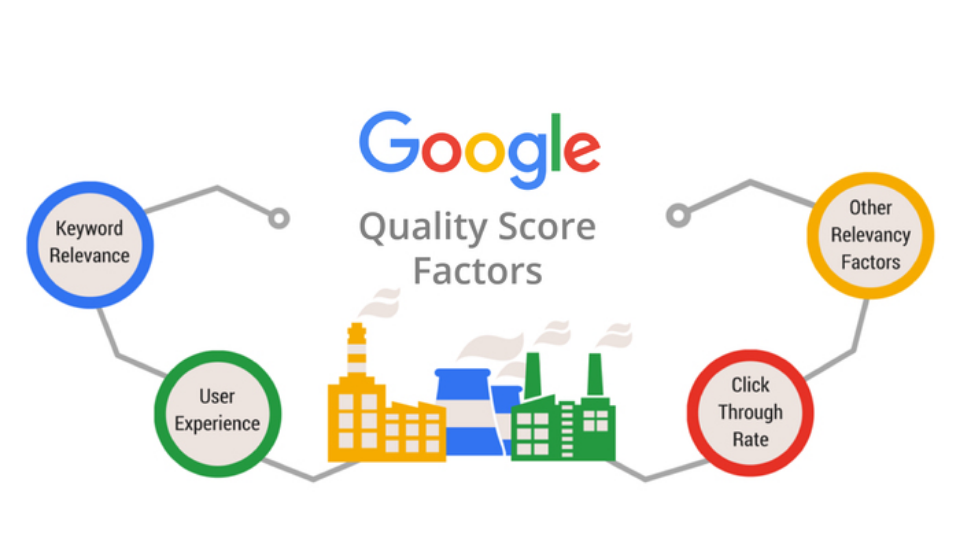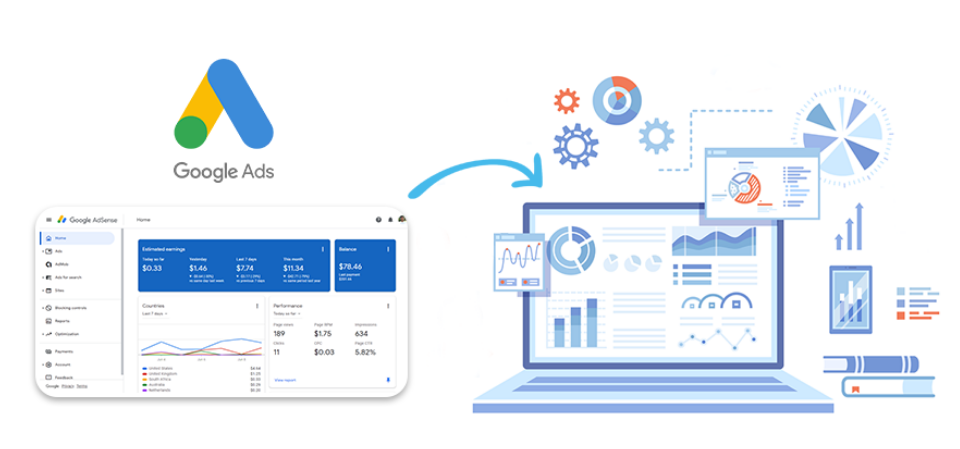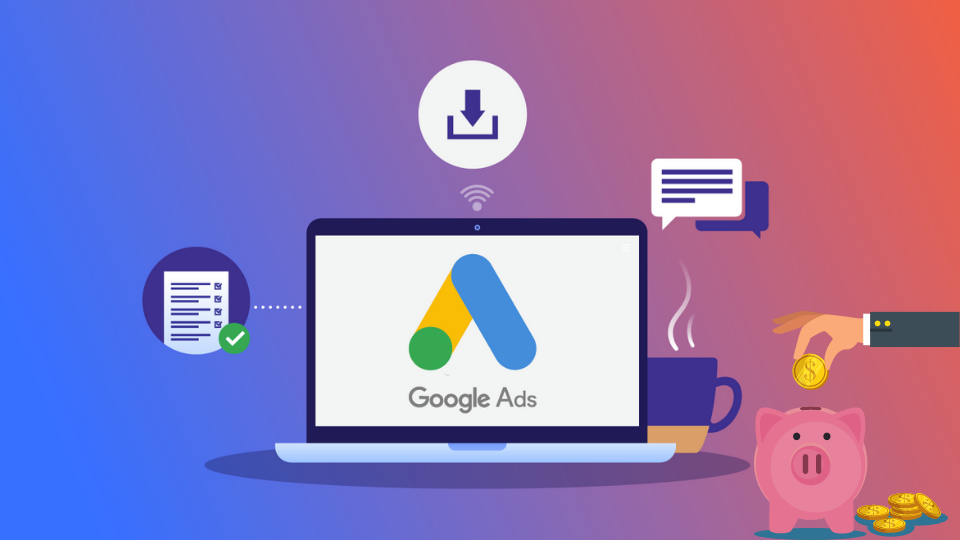Do you spend more money on your Google Ads campaign than you make with it? If yes, it is probably caused by lots of irrelevant clicks and bidding on wrong keywords that don’t convert.
I see many new affiliates are struggling with making their Google Ads campaigns profitable, so here are 5 tips that will help you improve your campaigns and avoid wasting money.
#1 Improve Your Quality Score

Not unlike search engine optimization, Google Ads optimization too requires understanding a somewhat mysterious algorithm: the factors that shape your ad quality score. The quality score assigned to your ads will determine several important things for any campaign you run, including ad position, cost per click, and cost per conversion.
It’s a bit of a vicious cycle since your ad position can then influence your click through rate and “tell” the algorithm that your ads aren’t as relevant as a competitor’s, so it’s important to improve your quality score as part of your efforts to spend more efficiently on Google Ads.
While we don’t know the exact weight given to each factor, your quality score is calculated based on the following items:
- Click-through-rate (CTR)
- Relevance of your ad text to your keywords
- Landing page quality & relevance to your keywords
- Keyword relevance to each ad group
- Google Ads account performance history
#2 Focus On Your Impression Share
Google describes your impression share as “the percentage of impressions your ads receive compared to the total number of impressions your ads could get.” Often, impression share used as an indication of how your ads can reach more people if you adjust your bids or budget. However, in our experience, impression share is also a good indication of whether or not your ads will lead to the number of conversions you need to achieve positive ROI.
Unfortunately, there isn’t a one-size-fits-all approach to increasing your impression share. Rather, there are different approaches to try depending on your goals, budget, and target audience.
All of the following tactics can work, but they might not apply to you:
- Narrow your location targeting. If your business is somewhere customers visit in person, consider narrowing your location targets in order to increase your impression share. Sure, some customers might come from 20 miles away, but reducing your scope to 10 miles should increase your impression share and get you in front of the most relevant audience.
- Limit your ad schedule. Think about your target audience and your business; when do you think most people are likely to search for what you offer? Set your ad schedule to only show ads during that time. You’ll increase your impression share and people will find you at the most critical time.
- Increase your bids. Find your most successful keywords (the ones that most often lead to conversions) and increase your bids for those terms. Higher bidding will make your ads more competitive and increase your impression share for the terms that matter most.
- Increase your budget. This isn’t always a reasonable approach, but increasing your budget will generally increase your impression share. As long as you track your ROI closely, raising your budget can be a quick and efficient way to improve your campaign performance.
To Learn More about spending less and making more in Google Ads, register as a member of iAmAffiliate Forum now!
#3 Make Sure You Track Conversions Correctly

According to a study of over 2,000 Google Ads accounts, only 29% were tracking conversions effectively enough to know if their ads were working.
Without effective tracking, you have no way to see whether or not your ads are generating meaningful revenue for your business.
Your tracking should be in place before your ads ever begin running, but it’s never too late to set things up. Google Analytics works well with Google Ads to track form submissions, and call tracking software like CallRail can help monitor phone calls that come in as a result of your ads.
#4 Monitor Your Campaign Stats Regularly
If you aren’t regularly monitoring the performance of your Google Ads, chances are good that you’re wasting money on ads that are underperforming. Even worse, because of the way quality score works, your neglect could be hurting all your ads.
We monitor our clients’ accounts weekly and do thorough performance reviews twice a month to make sure our ads are performing as expected. These regular check-ins are the best way to make sure you notice small problems before they become big ones.
Typically, the metrics to look at include:
- Click-Through-Rate: How many people click on your link after seeing your ad? CTR offers a good indication of whether or not your ads are relevant for your users. As we mentioned earlier, higher click-through-rates will also help increase your quality score.
- Cost-Per-Click (CPC): How much are you paying for each click? A reasonable CPC will depend on your industry, area, and competition, but it’s important to keep an eye on whether your costs are going up or down. If your cost per click keeps increasing, it will limit how many clicks (and thus, conversions) your ad can receive.
- Conversions: How many people took action on your ads? Often, this means filling out a web form to express interest or calling your business for more information. The more conversions, the better!
- Cost Per Conversion: How much are you paying for each conversion? To determine a good cost per conversion, you’ll need to consider what percentage of your conversions turn into customers and how much those customers spend with your business. When your cost per conversion gets too high, Google Ads revenue can turn from positive to negative very quickly.
- ROI: What is the return on your Google Ads investment? You won’t find this information in your Google Ads dashboard, so you’ll need to calculate it yourself by comparing your ad spend to the revenue generated by your ads. Keep in mind that most campaigns won’t see positive ROI right away; it can take a few months or more depending on the average sales cycle for your business.
#5 Monitor Your Target Keywords
It’s not only important to monitor your target keywords and prune your list regularly when you see keywords that just aren’t getting enough clicks, impressions, or conversions, but it’s also important to curate a list of negative keywords – the search terms you don’t want to trigger your ads.
For instance, if you’re advertising for your local music school, you don’t want to be found when someone searches “learn to play piano for free.”
Creating a list of negative keywords and adding to it when you see irrelevant search terms pop up in your Google Ads dashboard can create a positive cycle for your campaigns that leads to better overall performance.

